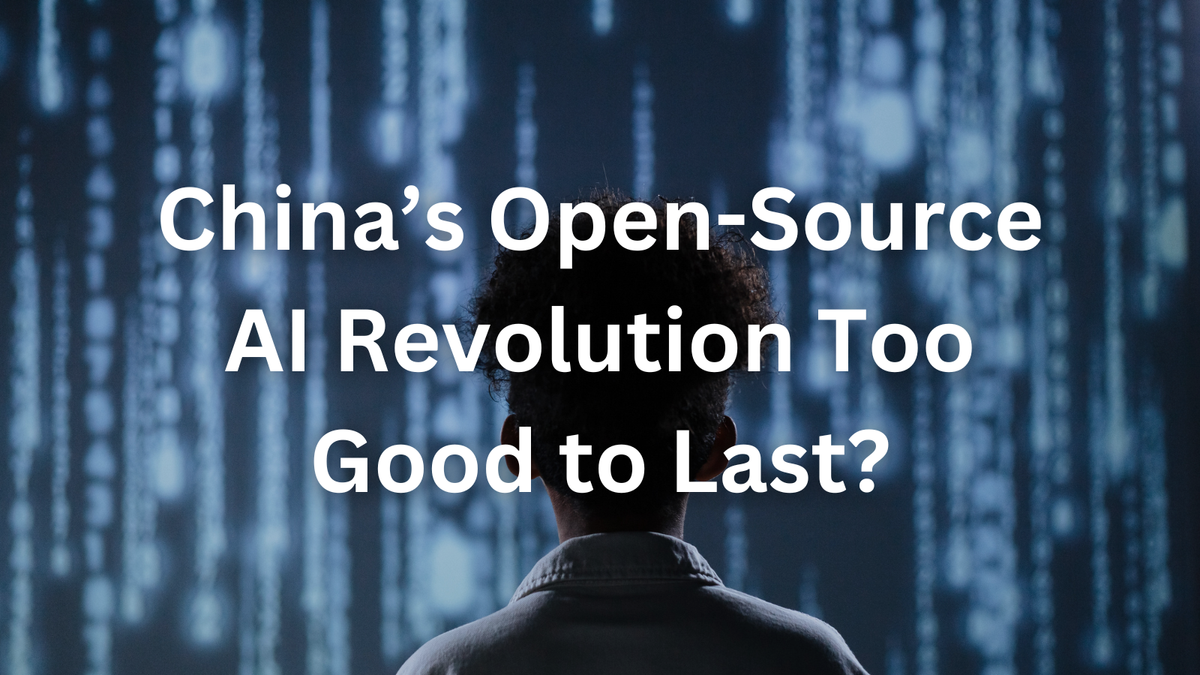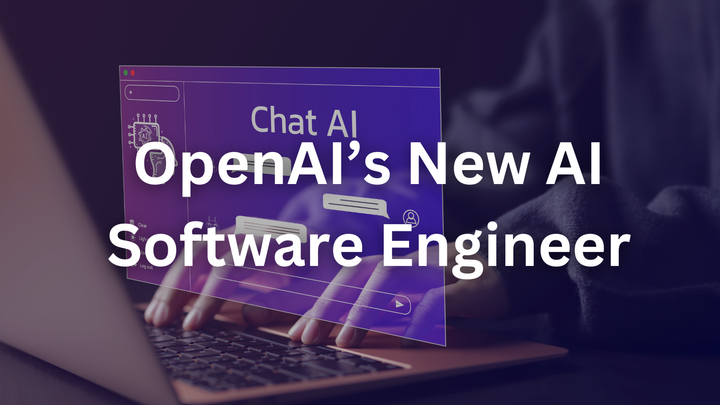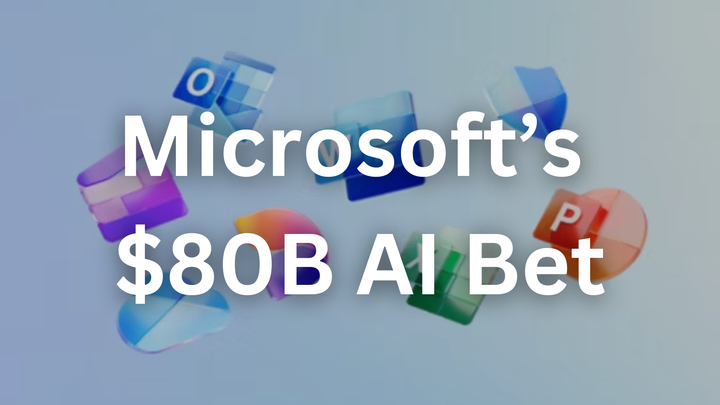Is China’s Open-Source AI Revolution Too Good to Last?

China’s AI Ambition: A Generous Strategy With Hidden Risks
When DeepSeek, a Beijing-based AI startup, released its free-to-use large language model earlier this year, it wasn’t just tech enthusiasts who took notice. Meta’s AI chief Yann LeCun hailed it as proof that open-source models are outpacing proprietary ones. But beneath China’s open-source generosity lies a high-stakes game of technological catch-up—and a ticking clock. Is Beijing’s embrace of free AI a masterstroke or a mirage? Let’s dive in.
🌍 The Open-Source Surge: Why China is All In
China’s tech giants and startups are flooding the market with free AI models. Here’s what’s driving the trend:
- 🇺🇸🛑 Bypassing U.S. Tech Bans: With restricted access to Nvidia’s advanced chips, companies like Ant Group are innovating workarounds, training models on Huawei’s domestically-made processors.
- 🚀 Pooling Resources: Baidu, Alibaba, Tencent, and DeepSeek have all released open-source models in recent weeks, accelerating China’s AI development cycle.
- 💡 Global Soft Power: As economist Tyler Cowen notes, China is gaining “vibes” advantage by positioning itself as a collaborator in the Global South.
- 💰 Alibaba’s $53 Billion Bet: The e-commerce giant is betting that free models will drive demand for its cloud computing and AI software services.
✅ Strategic Wins: How Open Source Fuels China’s Ambitions
China’s approach isn’t just altruistic—it’s a calculated play for dominance:
- ✅ Catch-Up Speed: By building on Meta’s Llama models, Chinese firms reduced development lag from years to months.
- ✅ Tech Self-Sufficiency: Huawei’s chip breakthroughs mimic Nvidia’s performance, aligning with Xi Jinping’s mandate for independence.
- ✅ EU Alignment: Europe’s €200 billion open AI investment plan mirrors China’s strategy, creating potential partnerships.
🚧 The Cracks in the Foundation: Risks Beijing Can’t Ignore
Open source’s downsides are looming larger:
- ⚠️ Profit Paradox: DeepSeek relies on developer fees, not direct model sales—a shaky revenue model for public companies like Alibaba.
- ⚠️ Regulatory Time Bomb: China’s vague AI rules (e.g., “adhere to socialist values”) clash with open source’s decentralized nature.
- ⚠️ Tech Leakage Fears: As analyst Gregory C. Allen warns, U.S. firms could leverage Chinese innovations with superior computing power.
📉 Final Thoughts: Will the Faucet Stay Open?
China’s open-source AI push is a brilliant stopgap but faces three existential threats:
- ✅ If Innovation > Control: Beijing tolerates openness while local firms catch up.
- 📉 If Security Trumps Growth: Tighter regulations choke the free flow of code.
- 🚀 If Global Adoption Soars: Chinese models become industry standards, locking in influence.
For now, the world enjoys a golden age of free AI tools from China. But history shows Beijing’s generosity rarely outlives its strategic needs. Will this time be different? What do you think?
Let us know on X (Former Twitter)
Source: Robyn Mak. China's love of open-source AI may shut down fast, April 2, 2025. https://www.reuters.com/breakingviews/chinas-love-open-source-ai-may-shut-down-fast-2025-04-02/



